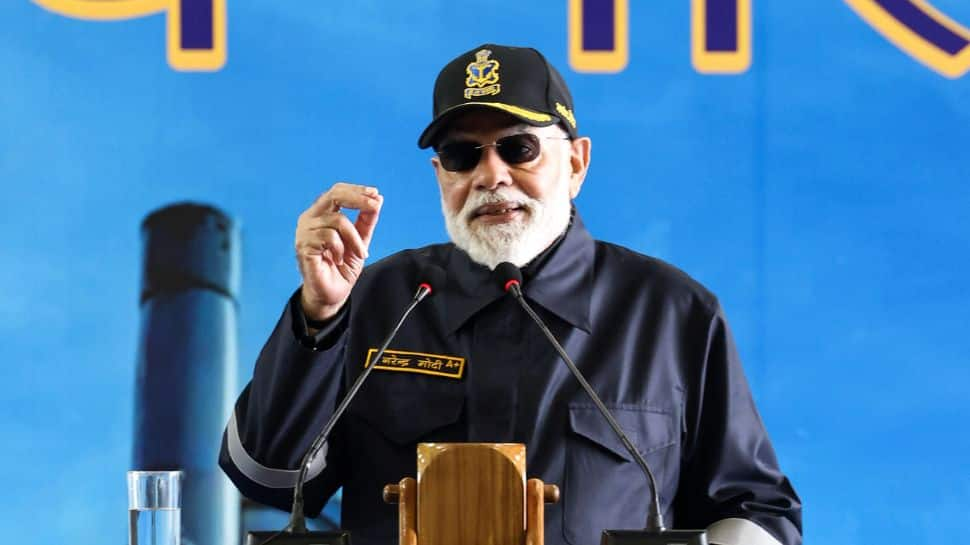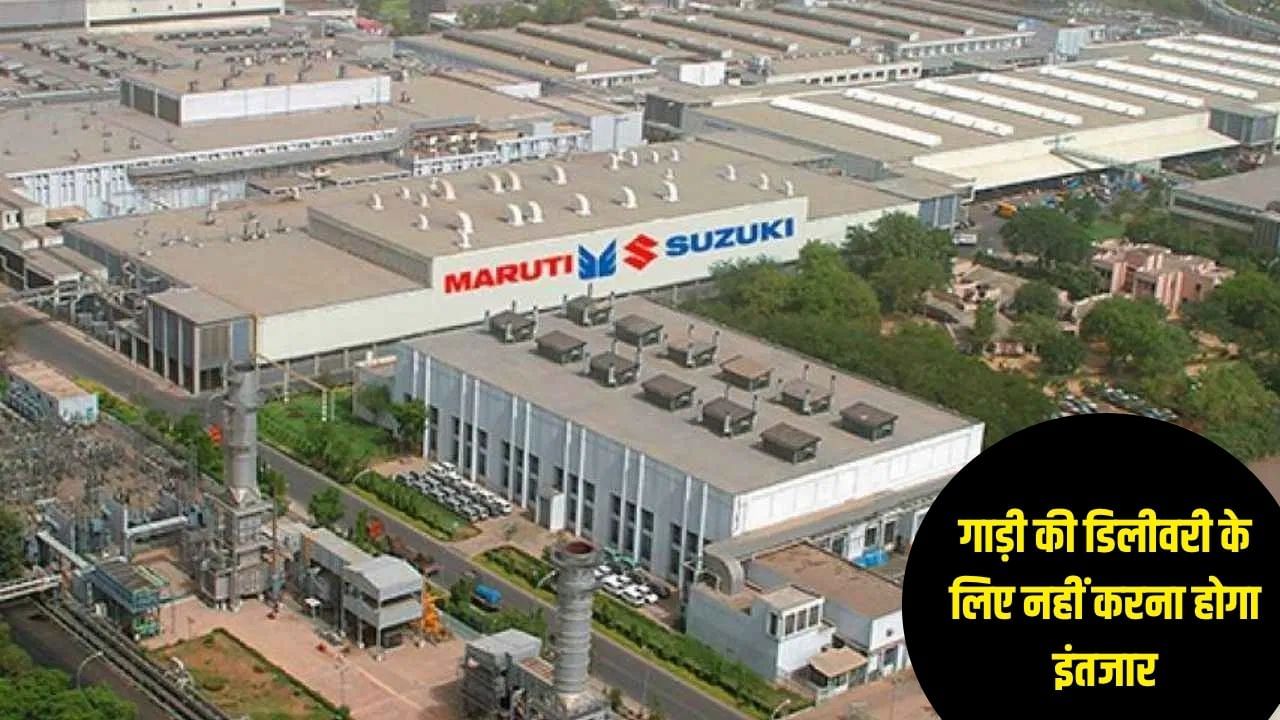Prime Minister Narendra Modi extended warm Deepavali greetings to the nation, framing the festival as a celebration of righteousness and…
Browsing: GST
The Honda Shine 125, a popular choice among Indian riders, is now more affordable due to the recent implementation of…
The production of Maruti Suzuki models has increased across various segments. Production of Alto and S-Presso models reached 12,318 units…
Maruti Suzuki is experiencing a significant sales surge during the festive season, with bookings reaching 2.5 lakh and exports growing…
In light of the Indian government’s recent GST reduction on motorcycles and scooters with engine capacity up to 350cc, Yamaha…
The Hyundai Creta N Line, a popular model, has become more affordable due to recent price cuts. These price reductions,…
Royal Enfield has recorded its best-ever monthly sales performance, breaking records in its 124-year history. In September 2025, the company…
This news brief summarizes the latest developments. The Prime Minister will attend the RSS centenary celebrations in Delhi. The initial…
The automobile industry is experiencing a surge in growth, benefiting from GST reforms. Maruti Suzuki, the largest car company in…
Responding to the recent GST updates implemented in India from September 22nd, TVS Motors has announced price reductions on a…











